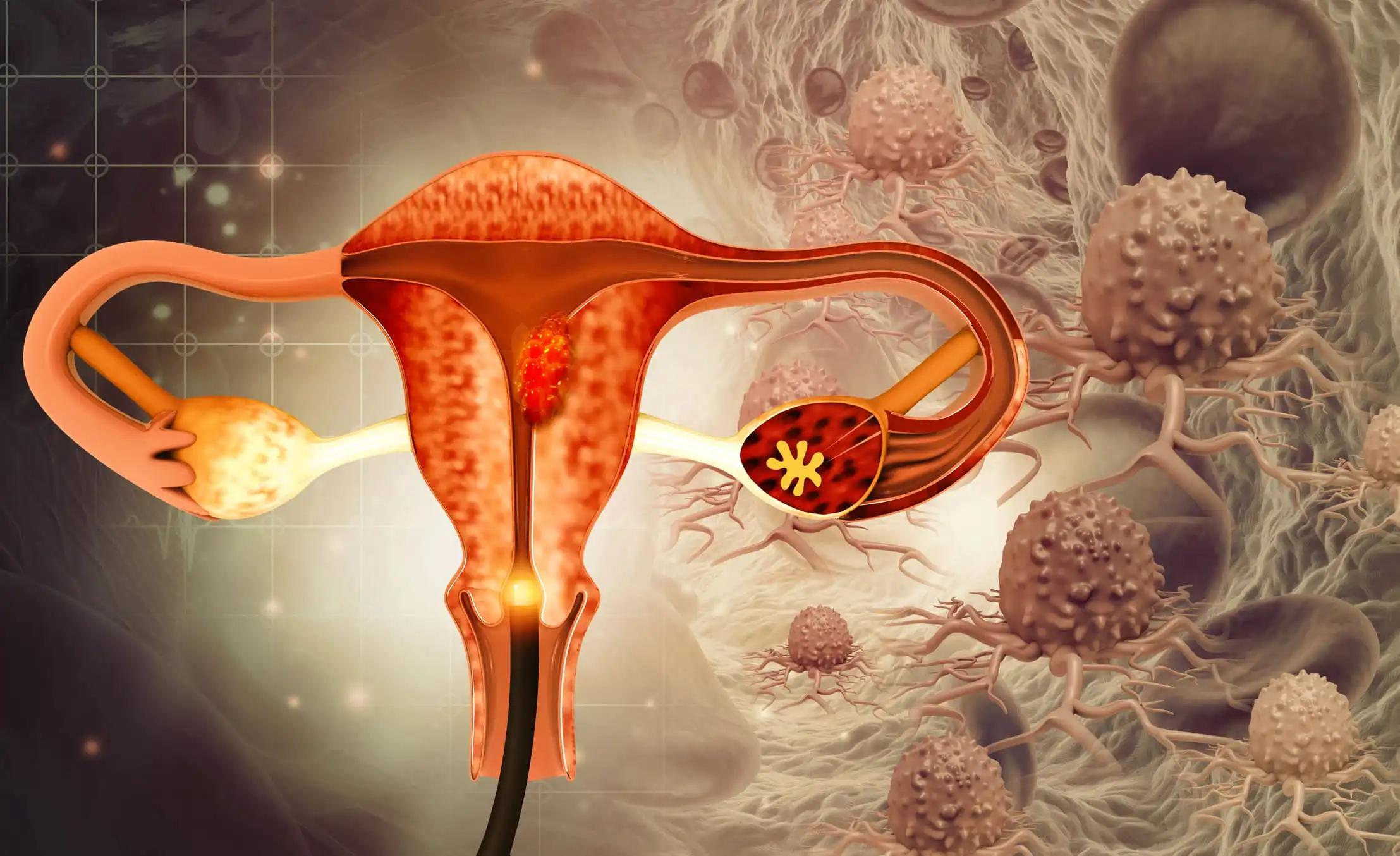KEY TAKEAWAYS
- The Phase III FORWARD I trial (NCT02631876) is a randomized, open-label study into the efficacy and safety of the Mirvetuximab Soravtansine (IMGN853) in treating platinum-resistant ovarian cancer (PROC).
- During the trial, Patient Reported Outcomes (PROs) were collected and later analyzed with the PROs from the MIRASOL trial.
- The study’s primary outcome measures were the BIRC-assessed PFS based on RECIST v.1.1 in all participants and those with a High Folate Receptor Alpha Level with 75% or more of Tumor Staining.
- The study demonstrated that MIRV is a favorable treatment option for patients with ovarian cancer, including those with strong FR expression.
- Further research is needed to understand better the extent of the significant changes in patient-reported outcomes.
In phase 3 clinical study MIRASOL, MIRV, a first-in-class antibody-drug conjugate targeting folate receptor alpha (FRα), is being studied for treating patients (pts) with platinum-resistant ovarian cancer (PROC). The data gathering of Patient Reported Outcomes (PROs) for MIRASOL was influenced by the analysis of PROs gathered as part of the phase 3 FORWARD I trial.
PROs from the EORTC-QLQ-OV28 (OV28), EORTC-QLQ-C30 (C30), and FOSI modules were gathered during the FORWARD I trial. Preplanned analyses were performed on the data from the ITT and FRα-high subgroups. Additional exploratory analyses were performed to help guide future research.
The main analysis of OV28 GI symptoms in the ITT population revealed a statistically significant improvement of 15 points at week 8/9 in patients treated with MIRV vs. chemotherapy (CTX) (31.7% vs. 14.0%; P = 0.0162). Compared to CTX, MIRV had a 70% reduced chance of GI symptom deterioration (P = 0.0007). Analysis of C30 revealed a statistically significant advantage of MIRV over CTX in terms of athletic performance (P= 0.0369). On the FOSI, there were improvements for MIRV vs CTX regarding the side effects of chemotherapy, pain intensity, hair loss, body image, sexuality, and a general improvement in symptoms unique to ovarian cancer.
Although analysis of OV28 in the FRα-high group also showed improvement in GI symptoms for MIRV vs CTX, this did not reach statistical significance (27.3% vs 13.3%; P = 0.1426). Compared to CTX, MIRV had an 80% reduced chance of GI symptom deterioration (P = 0.0007). On the OV28 abdominal/GI measure, the median time to symptom worsening was longer for MIRV compared to CTX (4.0 mo vs. 2.1 mo; P = 0.0229). PROs analysis from FORWARD I patients with ovarian cancer, including the high-FRα patients, show improvements in a variety of Quality of Life measures. The analyzed data favored MIRV over CTX.
Source:https://oncologypro.esmo.org/meeting-resources/esmo-congress/analyses-of-patient-reported-outcomes-pros-with-mirvetuximab-soravtansine-mirv-versus-standard-chemotherapy-in-the-randomized-phase-iii-forward
Clinical Trial: https://clinicaltrials.gov/ct2/show/NCT02631876
Moore, K.N., Oza, A.M., Colombo, N., Oaknin, A., Scambia, G., Lorusso, D., Banerjee, S., Murphy, C., Konner, J., Lim, P., Prasad-Hayes, M., Monk, B.J., Wang, J., Birrer, M.J., Vergote, I.B. (2022) 532P – Analyses of patient-reported outcomes (PROs) with mirvetuximab soravtansine (MIRV) versus standard chemotherapy in the randomized phase III FORWARD I study in ovarian cancer (GOG 3011). Annals of Oncology (2022) 33 (suppl_7): S235-S282. 10.1016/annonc/annonc1054



